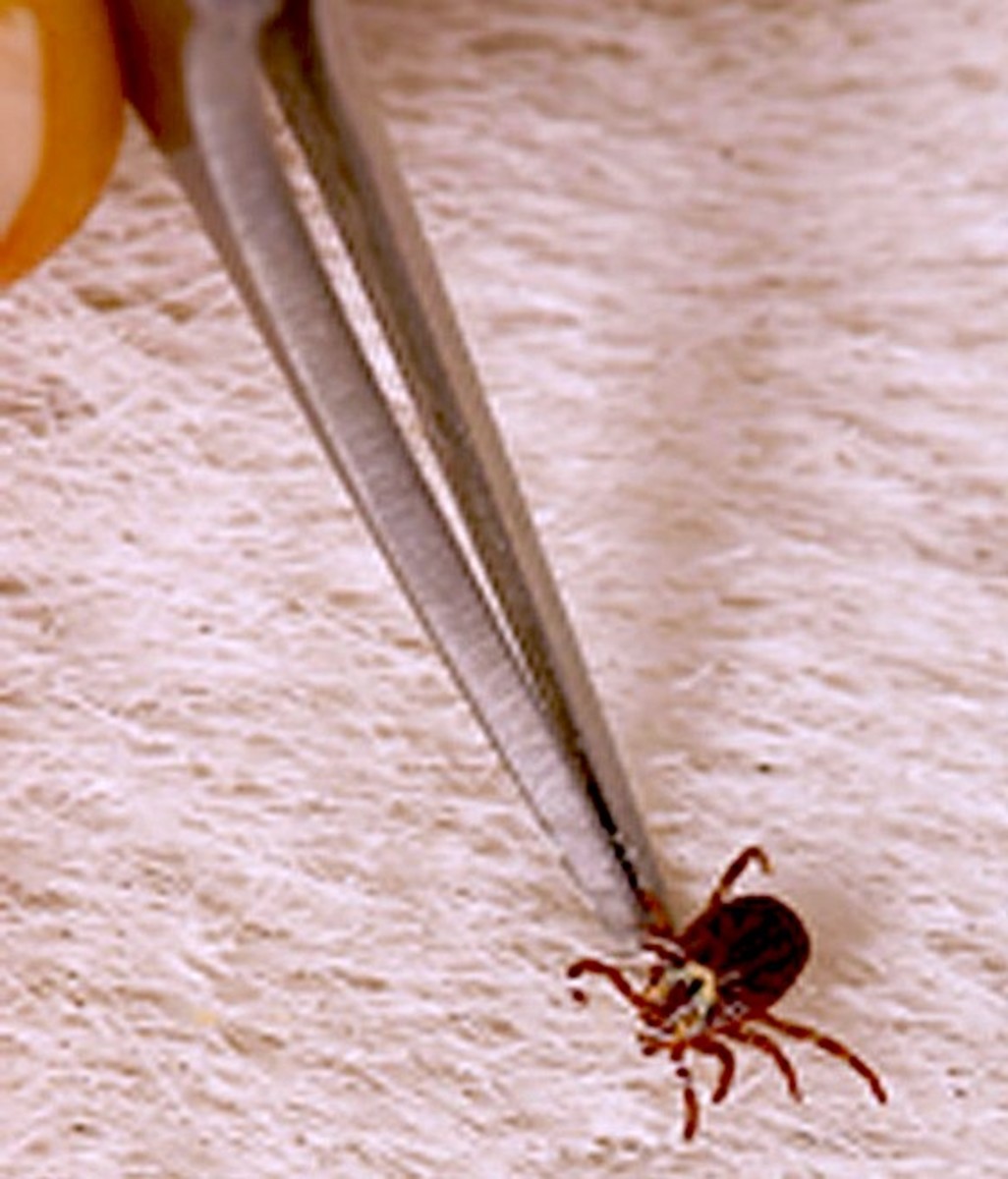When I read an article today, I was taken aback by how all our stereotypes can be smashed in a few paragraphs.

I was reading about the work of Washington State University‘s Dr. Don Knowles and his work to help unravel the deadly equine piroplasmosis outbreak in Texas last year.
For all of you who think that equine disease is conquered in a laboratory by people in white coats and smoking test tubes, forget it. Disease mysteries are solved by real people. It’s part James Herriot, part CSI and part Indiana Jones.
With the author’s permission, I’m offering an abbreviated summary of the article about Dr. Knowles, and hope you will go to the WSU web site and read the whole piece by Linda Weiford: it’s worth it! Here’s the summary:
When Washington State University and U.S. Department of Agriculture veterinary scientist Don Knowles got word two years ago that a rare but deadly infection was discovered among a group of horses in south Texas, he felt a jolt of adrenaline. Not only were the horses infected with a parasitic disease similar to malaria in humans, but the epicenter of the outbreak was at no ordinary ranch.
It was the King Ranch, legendary for its world-class Quarter horses and Thoroughbreds, including former winners of the Triple Crown and Kentucky Derby. The 825,000 acre family-owned estate that stretches across four counties is one of the largest and most famous ranches in the world.
One King Ranch horse had tested positive for the disease when the federal government first alerted Knowles. A few days later, it was a dozen; then four dozen.
Knowles, in his silver-rimmed spectacles, hiking shorts and athletic shoes, resembles someone more at home on a bike trail than a scientist at the beck and call of deadly, infectious animal diseases that pull him to regions near and far.
“This kind of outbreak had never been seen in this country before,” he said. “People were asking ?What’s going on down there?'”
Knowles boarded a plane and headed south to investigate. He had a Texas-sized riddle to solve.
Parasitic storm

Equine piroplasmosis is so feared in the U.S. that the government bans horses that test positive from entering the country. Until the outbreak in Texas, only a few sporadic cases had ever been reported.
“We had regarded piroplasmosis as a foreign animal disease and suddenly here it was on U.S. soil, with not one or two cases but nearly 300 – all concentrated at a ranch recognized for exemplary management practices,” said Dudley Hoskins, an attorney with the American Horse Council in Washington, D.C., at that time. “To say we were concerned would be an understatement.”
Piroplasmosis, also called equine tick fever, is transmitted to horses through the bite of a tick that carries either the Babesia caballi or Theileria equi parasites in its saliva. Similar to malarial parasites that infect humans, these pear-shaped creatures travel through the horse’s circulatory system, multiplying, drilling through red blood cells and multiplying some more.
No treatment, painful options
Many infected horses exhibit little more than cold-like symptoms, but in regions where piroplasmosis is uncommon – such as the U.S. – horses have no natural resistance to the disease. Unimpeded, the parasites proliferate and destroy blood cells, triggering fever, anorexia and anemia.
“If a horse dies of piroplasmosis, anemia is often the cause,” said Knowles. “It’s a progressive process and a miserable way for an animal to die.”
Before the outbreak in 2009, no standard treatment existed. If a horse tested positive for piroplasmosis, the owner had three government-mandated options to keep the disease from spreading: euthanize, quarantine or ship the horse out of country.
On the trail
Long before Knowles boarded that Texas-bound plane in autumn 2009, he knew a lot about piroplasmosis. The periodic clusters that surfaced in temperate-climate states such as Florida proved the parasites sometimes slipped across the U.S. border in horses that had tested negative for the disease when, in fact, they were positive.
Because the test sometimes gave false negatives, Knowles was charged with developing a more reliable diagnostic test. He also was instructed to create a standardized treatment to kill the parasites.
“Until Texas, much of the work had been done in the lab,” he said.
Hungry vectors, vulnerable hosts
Armed with two decades of piroplasmosis research and a team of scientists from his USDA unit and WSU, Knowles not only contained the outbreak but he and colleague Glen Scoles also identified a new blood-sucking culprit that had spread it.
“Prior to that outbreak, we knew of two tick species capable of transmitting the disease. There, we discovered a third,” said Knowles.
He and his team identified the cayenne tick as the predominant carrier, a finding so important that the group later published a paper about it in the journal Emerging Infectious Diseases.
With high doses of imidocarb dipropionate, a drug used to treat certain diseases in cattle, the outcome was so successful that, after subsequent trials, it is now being evaluated as a standard treatment protocol in the U.S.
Which means that, largely because of Knowles’ work, the owner of a piroplasmosis-infected horse may have the option of curing the animal – and then one day watching it flash across a meadow or even a finish line.
Click here to read the full article about Dr. Don Knowles by Linda Weiford.
To learn more:








